How to plant a shiny cotoneaster in the country and properly care for it?
Many summer residents plant a cotoneaster for landscaping their personal plot. Planting and caring for an unpretentious shrub does not bring much trouble. The plant grows quickly and an unusual decorative landscape appears in front of the house. You can use the cotoneaster as a hedge or cover unsightly areas in your dacha with spreading shrubs, such as a compost pit and drainage well.
What are cotoneaster
In the wild, the plant is found on mountain slopes and in the coniferous undergrowth. Due to the dense crown, the bushes are often planted for landscaping streets and squares.
Certain varieties of cotoneaster are most popular with gardeners:
- ordinary;
- brilliant;
- horizontal;
- black-fruited;
- Dammer's cotoneaster.
The common cotoneaster reaches 2 m in height, has a rounded crown with small ovoid leaves that fall off in autumn. It blooms with light pink buds, which are collected in small brushes of several pieces. After flowering, bright red berries appear on the bush. Usually all branches of the plant are strewn with them.
The brilliant cotoneaster is ubiquitous in Siberia. This upright species can grow up to 2 m. Leaves are dark green and slightly pointed. It begins to bloom at the end of May and does not stop for a month. Then small black balls appear on the branches. The brilliant cotoneaster is an excellent decoration for a garden hedge.
The horizontal cotoneaster is very common. The crown of a meter-long plant grows up to 2 meters wide, and it serves as a good decor for walls. The shrub is always covered with shiny, rounded foliage, which becomes burgundy and bright in autumn. The red berries ripen in early September and adorn the horizontal cotoneaster until spring.
The black cotoneaster differs from many other varieties in that its black berries can be eaten. It grows up to 2 m, winters well in our latitudes and begins to bear fruit from the age of 5.
Dammer's cotoneaster is somewhat similar to a horizontal cotoneaster, only its shoots spread along the ground, put out roots and take root in the soil. It quickly grows in width and resembles a variegated carpet. The leaves are evergreen, dense, slightly elongated. In autumn, they change their hue and become dark red. Small berries turn red on the branches until late autumn. Dammer's cotoneaster has several varieties that differ slightly in appearance.
How to plant correctly
Plant seedlings are rooted in open ground as soon as the ground thaws a little. Planting a brilliant cotoneaster is also allowed in the fall - before the first frosts hit. Plants thrive in shaded areas, but thrive in open, sunny areas protected from strong winds.
The distance between plants is determined by the variety that is planted. For example, a horizontal cotoneaster is located 1.5-2 m wide from each other. Less spreading varieties are planted at a distance of 0.5-1 m.
- Select a site in advance for planting, dig holes 50 cm deep and wide.Pour a thick layer of broken gravel inside for drainage.
- Then prepare a mixture of peat, humus and sand, combining them in a 1: 1: 1 ratio. Add 2 parts of sod land, 200 g of lime, mix and cover the prepared hole with this soil halfway.
- Place the seedling there so that the top of its root system does not look above the surface, but is flush with it.
- Cover the cutting with the remaining soil mixture, tamp it lightly, fill the planting site with water and, when it is absorbed, mulch with a thin layer of peat.
If you need to prepare a place for a hedge, dig a trench along the estimated perimeter, put a shiny cotoneaster in them, distributing seedlings at a distance of a meter, and dig in with earth.
Care and pruning
The horizontal shrub and other varieties thrive without any maintenance. They don't need regular watering. In a moderately humid summer, the plants have enough precipitation. In a dry season, water them once every 2 weeks - 7 liters of water per bush. One day after wetting, loosen the soil and remove the weeds.
When the sun warms up and the buds bloom, the shrub should be fertilized. Top dressing is often done urea.
- Take 25 g of the product and dissolve it in a bucket of water.
- Stir and pour a liter jar of liquid under each bush.
- Any nitrogen-containing fertilizer can be used instead of urea.
Before flowering, horizontal, black-fruited and other varieties of cotoneaster are fed with superphosphate.
Caring for a cotoneaster involves pruning. In order for it to retain its shape, every year the regrown shoots must be cut off by a third. After cutting, they continue to grow in the right direction. The crown of a shrub can be turned into a ball or cone by competent pruning. A decorative haircut of a horizontal and shiny cotoneaster should be carried out before the first buds appear. It is desirable to form the Dammer variety on a monthly basis, stimulating the growth of greenery.
Advice
Over time, any plant will develop diseased dry shoots. They must be removed in time. This can be done in summer and autumn.
So that the shrub does not freeze in cold winter, it is advisable to insulate the soil under it with straw.
How to protect against diseases and pests
The plant rarely gets sick, but sometimes its leaves begin to turn yellow and fall off, and the blossoming flowers dry out. Such signs mean that it is infected with fusarium. Fungal disease requires urgent treatment. Cut off the affected branches, and treat the bush and soil with a fungicide. You can use the new Swiss development "Cosside 2000", which must be diluted following the instructions.
The most famous pests that spoil the horizontal and shiny cotoneaster:
- shield;
- the bear is yellow;
- aphid;
- spider mite;
- apple moth.
Getting rid of them is easy with insecticides. Aktellik helps a lot. The product has an unpleasant odor, but quickly copes with the task. Dilute the preparation at the rate of 2 ml per liter of water and spray on the bushes.
If the parasites have not yet spread, folk methods will help scare them away. Use an infusion of garlic.
- Twist the cloves in a meat grinder, pour the gruel with water in a 1: 1 ratio.
- Transfer to a sealed container and place in a dark place for a week.
The solution retains its properties for several months.
For spraying, you need to dilute 70 ml of the product in a bucket of water and add a spoonful of soap shavings so that the liquid sticks better to the leaves.
Reproduction methods
To grow a shrub from seeds, in October the berries are harvested, removed from the pulp, washed and dried. In late autumn, small pits are made on the site, several seeds are placed in them and sprinkled with soil. If you want to propagate Dammer's cotoneaster or other variety of shrubs by seed, keep in mind that they have a low germination rate. Not all seeds will sprout in the spring, so it's best to use more effective methods.
One of the simplest is dividing the bush. When the plant has grown too much, it can be dug up, divided into several parts, and rooted in a new place. In this way, it is easy to propagate horizontal, black and black cotoneaster.
- For propagation by cuttings, choose large healthy shoots about 15 cm long. They must be cut in June and put in a container of water for a day.
- Then, in the garden, choose a suitable sunny place and root them 5 cm deep at an angle of 45 degrees.
- Drizzle and cover with a glass jar on top.
Do not forget to regularly lift the jar for airing, and when leaves appear on the cuttings, remove the container and care for the seedling in the usual way. In the fall, the cotoneaster will take root, and it can be moved to a permanent place, be sure to insulate the plant for the winter with dry leaves or straw.
It is easier to propagate by layering Dammer's cotoneaster and other creeping species. To do this, the selected young shoot at the beginning of summer is hooked to the soil and sprinkled with humus on top. The next spring, the dug-in branch is cut, the rooted cut is dug up and transplanted.
Any kind of cotoneaster transforms the area with its striking appearance. If you use it as a hedge, do not forget to water the plant with a hose in the summer to remove dust from the leaves. From this, the greens will shine and transform.
Be sure to decorate your home with a cotoneaster. It will create a unique atmosphere of grace on the personal plot, give a special flavor and originality.

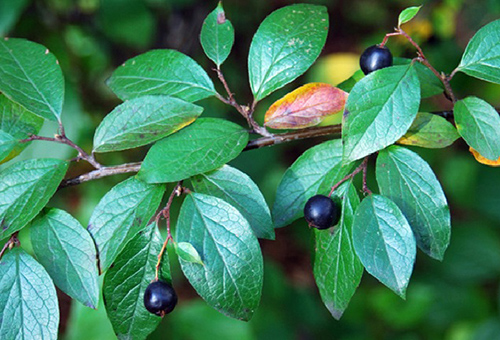

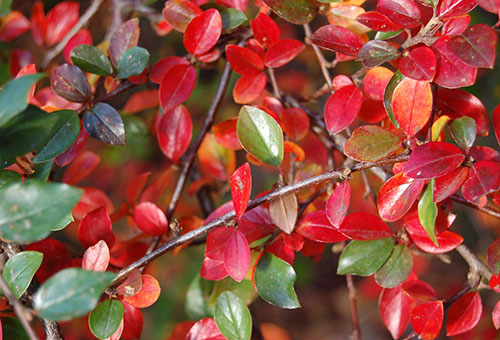
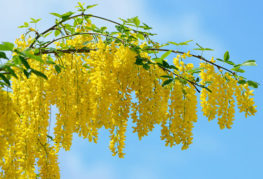
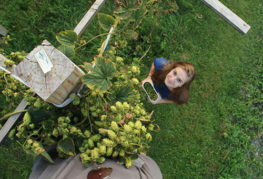
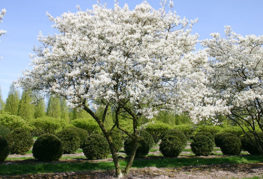

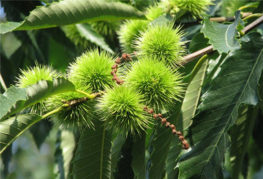
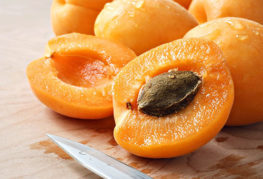
and will be published shortly.